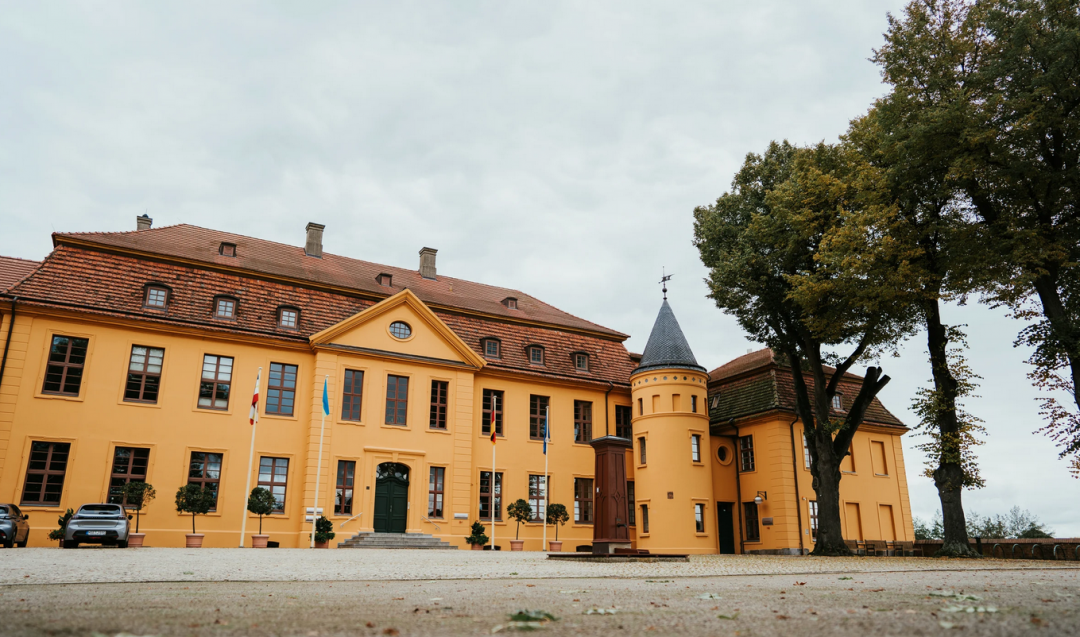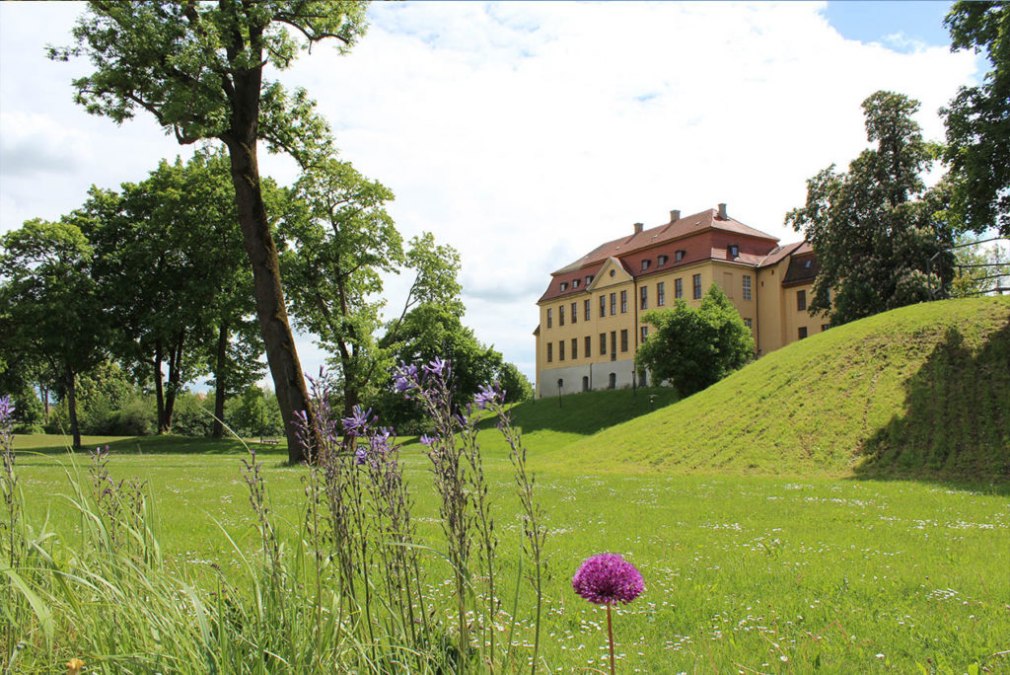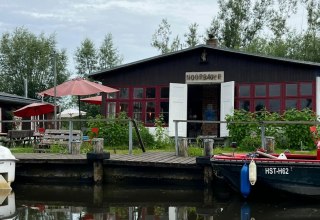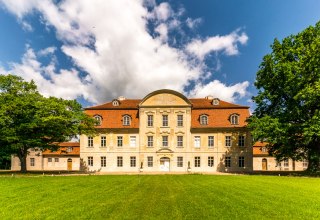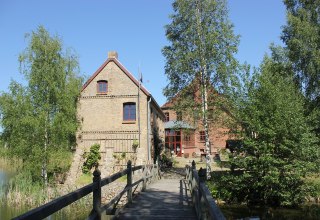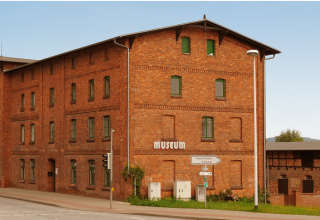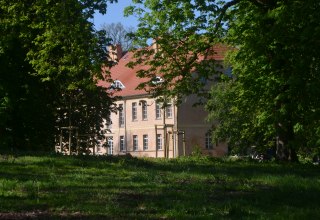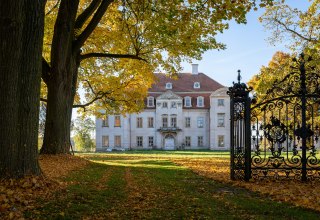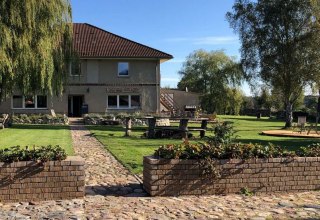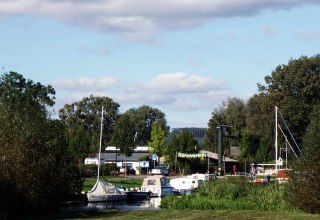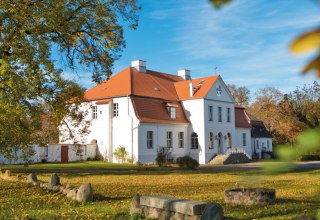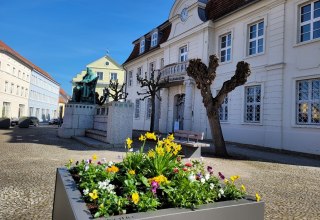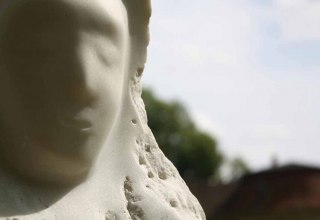Stavenhagen Castle in Mecklenburg-Vorpommern was built in 1740 in the Baroque style on the ruins of a burnt-down castle. It was never intended as a dowager's residence, but was used as a district court, school and later as an administrative building. Today it houses the registry office and the municipal administration and is situated in a restored castle park.
The current building stands on the foundations of an older castle complex and was originally intended as a residence for a dowager duke - a plan that was never realized.
Instead, the castle developed into a central administrative location over the centuries. It served as an official residence and later as a school and accommodation for refugees after the Second World War. A striking stair tower was added in 1890 and still characterizes the silhouette of the building today.
After reunification, the castle was extensively renovated and has been used by the town of Stavenhagen ever since. Today it houses the town council and the registry office. The adjoining castle park with its old trees and restored wall was redesigned between 2001 and 2006 and invites visitors to linger.
Stavenhagen Castle combines historical substance with modern use - a lively place with history.

